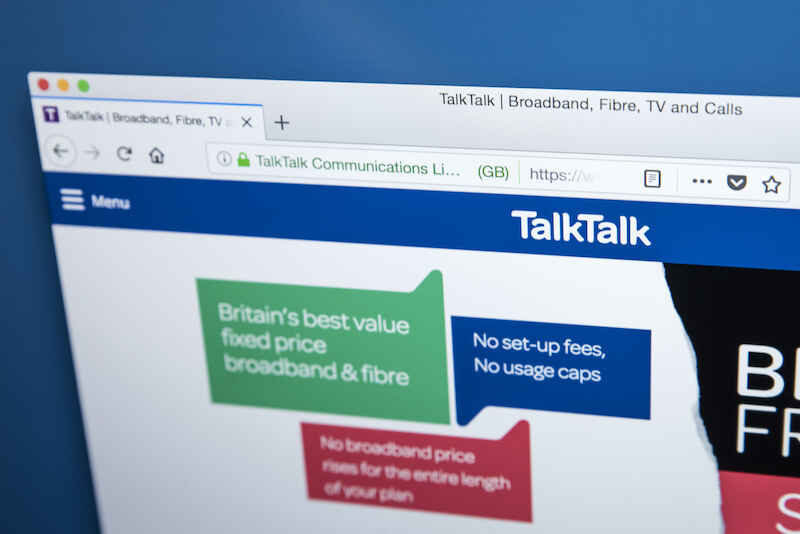Flood insurance

Share this guide:
Last updated: 12 January 2022
What is flood insurance?
Flood insurance is a particular type of home insurance policy which covers you in the event of flooding. Specifically, it insures you against naturally-occurring floods, not those arising from burst pipes or other central water issues.
Whilst most home insurance policies do offer flood damage cover as standard, if you’re in a high-risk area or your home has been flooded previously, you may find some companies refuse to insure you. In that case, you may need to seek specialist flood insurance.
What does it cover?
What flood insurance covers you for depends on what type of home insurance policy you have.
If you just have contents insurance, flood insurance can help cover the cost of repairing damage to your possessions. For example, you can claim for any electrical or tech items, furniture, carpets, clothes, appliances or jewellery; it is however worth noting that any high-value items usually need to be listed on your policy separately.
For those with buildings insurance, flood insurance will cover damage to your home’s structure. This includes the cost of removing debris, drying out your house and fixing permanent fittings such as kitchens, bathrooms and electrics. It’ll also cover additional post-flood costs such as surveyor or legal fees.
What isn’t covered?
Not everything is covered by flood insurance though. Flooding from burst pipes or problems with the main line supply technically falls under a separate segment of your policy called the ‘escape of water’ section, not the flood clause.
Moreover, certain parts of your home such as exterior garden walls, fences, gates or outbuildings may not be included – it’s best to check your policy or get additional cover if you need this.
Last, your home may be damaged to the extent you can’t live in it whilst repairs are going on. Some insurers may cover your temporary accommodation costs up to a limit, others may not. It’s best to check the specific terms of your policy.
That being said, you can often purchase additional cover for these areas at an extra cost. You can check the wide range of building insurance options available with our handy comparison tool.
How much does flood insurance cost?
As with any form of insurance, there is no set price for flood insurance. It all depends on risk, so the greatest determiner on what premiums you’ll face is how likely your home is to be flooded. One way you can find this out yourself, besides using a flood risk map, is to contact the Environment Agency. They can provide you with a letter showcasing assessments and previous floods in your area.
Among swathes of other data, your flood risk is often calculated on the distance of your home from a water source and whether your home has been flooded in the past.
Do I need flood insurance?
That really depends. Most home insurance policies offer a level of flood damage cover as standard, whether that’s through contents insurance, buildings insurance, or both. As a renter, you’ll only need to be concerned with contents cover as it is your landlord’s duty to provide buildings insurance.
The degree to which you’re covered is what you need to assess. If you live in a high-risk area, you could find premiums with your preferred provider are prohibitively high. That’s why we advise that you always compare home insurance deals first to ensure you neither pay over the odds for your insurance, nor are left in the lurch in terms of cover. You want to ensure your home insurance policy covers the cost of any flood damage repairs should you need to make a claim, so consider this in your calculations.
What is Flood Re?
Flood Re is a government scheme which works with insurance companies to allow those living in high-risk flood areas to still take out an insurance policy. If you’re unsure whether you live in a high-risk area, you can check the government’s flood map.
Should you have to make a claim, you’ll receive a payout from your insurer which will get reimbursed by the Flood Re scheme. This is how premiums are kept low.
Not all insurers pay into the scheme though, meaning home insurance prices can still be high if you don’t know where to look. To get the best price, compare home insurance premiums with us first to see which companies offer the best value.
How do I claim on my flood insurance?
The process for claiming is fairly standard across the board. Simply contact your provider and tell them your home is flooded – the sooner they know the better.
Much like a crime scene, take photos to document the damage. As tempting as it may be, try not to start repairing the damage yourself or clearing the area as this can impact your claim.
If your policy has a voluntary excess, you must be prepared to pay this if your claim is accepted. Alternatively, if there is only minor flood damage then consider whether it’s worth claiming on your policy, in turn risking your premiums increasing. Instead, decide whether you could front the cost yourself.
We are an independent and impartial price comparison website.
Our services are 100% free to use.
usave.co.uk is supported by its users. When you make a purchase through links on our site, we may earn an affiliate commission.
Read on our blog

With the government poised to implement tough new measures to...

Budget broadband provider TalkTalk has been notifying customers via email...

A year-long investigation by charity Citizens Advice has revealed a...

Education Secretary Nadhim Zahawi has announced a new commitment to...
